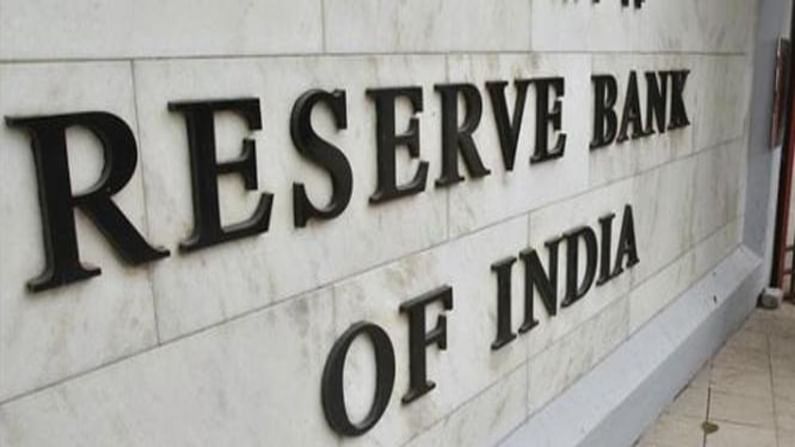RBI taking steps to ensure your money is safe, here’s how
The RBS model is a comprehensive system that assesses risks within the financial system by focussing more on the resolution of those risks.
- Press Trust of India
- Last Updated : May 2, 2021, 17:02 IST

In view of emerging financial challenges, the Reserve Bank of India (RBI) has decided to strengthen the banking sector by reviewing the Risk-Based Supervision (RBS) model of the banking sector. The RBS model is a comprehensive system that assesses risks within the financial system by focussing more on the resolution of those risks.
The RBI will supervise banks, urban cooperatives banks, non-banking financial companies, and all Indian financial institutions, with the help of the RBS model.
Strengthening the RBS
The RBI aims to review the supervisory processes and mechanisms to make the extant RBS model more robust.
Their purpose is to ensure that the financial systems are capable of addressing emerging challenges while removing any inconsistencies arising.
The RBI also invited bids from technical experts/consultants to carry forward the process for banks.
In the case of Urban Cooperative Banks (UCBs) and Non-Banking Finance Companies (NBFC), the Expression of Interest (EOI) for ‘Consultant for Review of Supervisory Models’ said the supervisory functions pertaining to commercial banks, UCBs, and NBFCs are now integrated, with the objective of harmonizing the supervisory approach based on the activities/size of the supervised entities (SEs).
The annual financial inspection of UCBs and NBFCs is largely based on the CAMELS model. The CAMELS model ensures- Capital Adequacy, Asset Quality, Management, Earnings, Liquidity, and Systems & Control.
The regulatory body said that it will also review the existing supervisory rating models under the CAMELS approach for improved risk capture and harmonizing the supervisory approach across all SEs.
Download Money9 App for the latest updates on Personal Finance.
Related
- इंडसइंड बैंक का बड़ा कदम, डेरिवेटिव अकाउंट में मिली गड़बडि़यों की वजह पता करने के लिए पेशेवर कंपनी की नियुक्त
- बैंक जमा पर बीमा की सीमा बढ़ाने से बैंकों के मुनाफे पर होगा असरः इक्रा
- बैंक डूबा तो अब मिलेंगे 8-12 लाख! सरकार बढ़ा सकती है इंश्योरेंस लिमिट
- बंद हो गया बैंक अकाउंट, SIP भी है लिंक तो तुरंत करें ये 5 काम
- J&K बैंक को SEBI की चेतावनी, 1 फीसदी से ज्यादा टूटा शेयर; जानें पूरा मामला
- PhonePe vs. GPay: Indian digital payment giants up for a tussle

